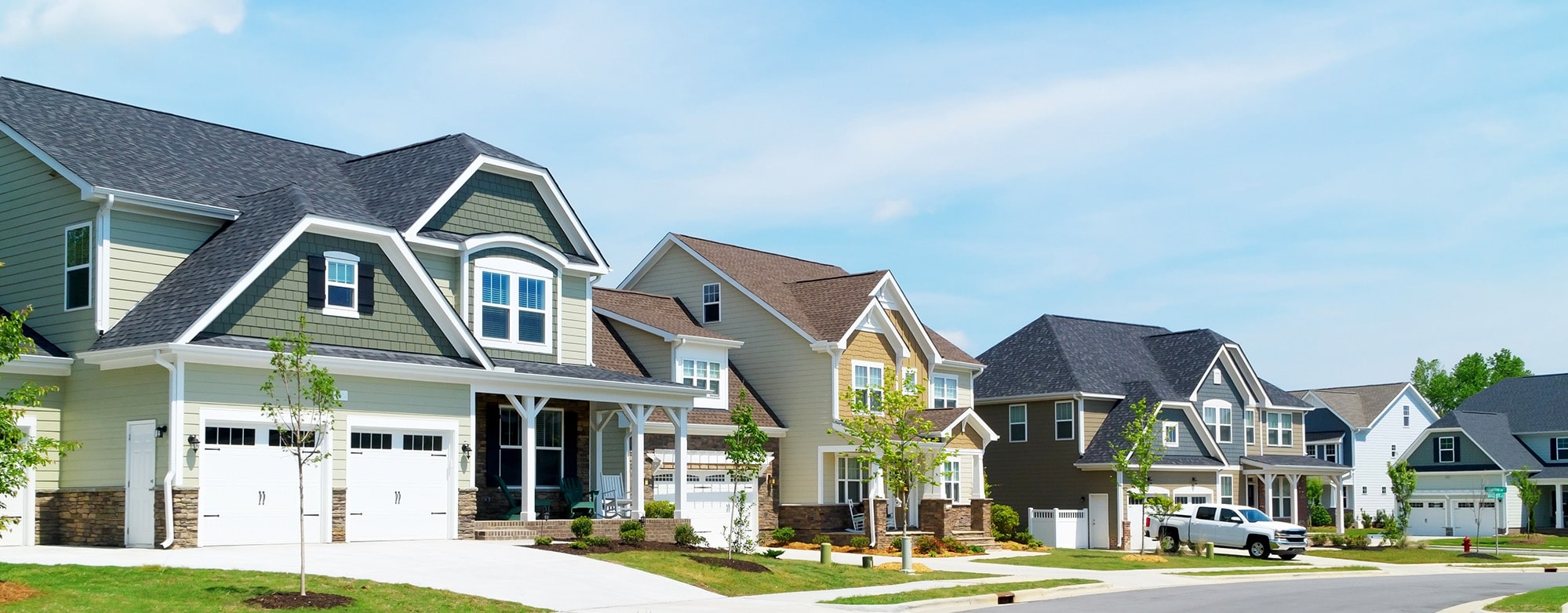Utah’s distinct four-season climate—marked by chilly winters and hot, dry summers—makes choosing the right heating system essential for both landlords and tenants. For rental properties, two of the most common heating solutions are heat pumps and furnaces. Each system comes with its own pros and cons, and understanding their performance in Utah’s climate is vital for long-term cost savings, comfort, and tenant satisfaction.
In this guide, we’ll compare heat pumps vs. furnaces across several categories: energy efficiency, comfort, installation costs, maintenance, and suitability for Utah rentals. Whether you're a property owner, real estate investor, or landlord working with a property management company in Utah, this blog will help you make an informed decision that balances tenant comfort with your bottom line.
Understanding the Basics: What’s the Difference?
Before diving into comparisons, here’s a quick overview of how these systems work:
Furnace
A furnace generates heat by burning fuel (usually natural gas or propane) or using electricity. It blows warm air through ductwork and is traditionally used in colder climates like northern Utah, where winter temperatures frequently drop below freezing.
Heat Pump
A heat pump is an all-electric system that moves heat rather than generates it. In winter, it extracts heat from the outdoor air (even in cold temperatures) and brings it indoors. In summer, it works like an air conditioner by moving heat from inside to outside. Newer models, especially cold-climate heat pumps, perform better in colder temperatures than older versions.
Energy Efficiency and Utility Costs
Heat Pumps: Lower Operating Costs, Especially with Mild Winters
Heat pumps are known for their high energy efficiency, especially in areas where winter temperatures stay above 20°F. In Utah’s milder regions—such as St. George or parts of the Salt Lake Valley—a heat pump can be extremely cost-effective.
Because heat pumps transfer heat instead of generating it, they consume significantly less electricity than electric furnaces or baseboard heaters. Over time, this can lead to noticeable savings on monthly utility bills—something tenants appreciate.
Furnaces: Higher Fuel Costs, But More Reliable in Frigid Areas
In colder parts of Utah, like Park City or Cache County, temperatures frequently dip below 15°F. In these conditions, traditional furnaces outperform heat pumps in efficiency and output. However, gas prices can fluctuate seasonally, impacting operating costs.
Electric furnaces, though simpler to install, are typically more expensive to run than gas furnaces or heat pumps. For landlords covering utilities, this could affect net returns.
Tenant Comfort and Temperature Consistency
Heat Pumps: Steady Heat but Slower to Warm Up
Heat pumps provide consistent, even heating, making homes feel more comfortable without the short bursts of hot air typical of furnaces. However, because they warm spaces more gradually, they may not feel as “hot” to tenants accustomed to the punchy warmth of a furnace.
In very cold temperatures, standard heat pumps may struggle, though dual-fuel systems and cold-climate models (rated for subzero temps) address this issue well.
Furnaces: Quick Heat with a Traditional Feel
Gas furnaces heat up quickly and maintain indoor temperatures easily—even during Utah’s snowstorms. Many tenants appreciate the “instant warmth” that comes with a furnace’s blast of hot air. In older buildings or poorly insulated rentals, furnaces may outperform heat pumps in comfort.
Installation and Equipment Costs
Heat Pumps: Higher Upfront Costs but Long-Term Savings
Installing a heat pump system—especially if it's ductless or includes cooling components—can have a higher upfront cost than a standard furnace. However, landlords benefit in the long run through energy savings, lower maintenance, and year-round use (heating + cooling).
For newer rental constructions or major retrofits, a heat pump can increase the property’s energy efficiency rating, which is attractive to eco-conscious tenants.
Furnaces: Lower Initial Cost, Especially with Existing Ductwork
If a rental property already has ductwork in place and a compatible ventilation system, replacing or upgrading a furnace is typically less expensive than installing a new heat pump. However, costs can vary depending on fuel type, brand, and labor requirements.
Maintenance and System Longevity
Heat Pumps: Consistent Use Requires Regular Maintenance
Because heat pumps serve as both the heating and cooling system, they run year-round, which can lead to more frequent maintenance checks. Still, they are durable and, with proper care, can last 15–20 years. Filters should be changed regularly, and coils cleaned at least annually.
From a property management standpoint, partnering with a local Utah company that tracks maintenance schedules ensures these systems stay efficient and reliable.
Furnaces: Simple Maintenance with Fewer Components
Furnaces generally operate for half the year and have fewer components than heat pumps. Basic maintenance involves changing air filters, inspecting burners, and checking vents for blockages. Furnaces often last 15–30 years, especially gas models.
Environmental Impact
Utah is placing greater emphasis on clean energy and sustainability. Many local municipalities are introducing energy-efficiency incentives, particularly for all-electric homes. Heat pumps are seen as a greener alternative because they use electricity and don’t emit carbon monoxide or combustion by-products.
Landlords choosing heat pumps may also qualify for rebates or tax credits through federal and state programs—especially if the system meets ENERGY STAR standards.
Zoning and Noise Considerations
Ductless Heat Pumps (aka Mini Splits): These systems are ideal for smaller units or multi-family rentals with varied room layouts. They allow zoned heating, meaning tenants can adjust temperatures room by room—an appealing feature for roommates or multi-generational tenants.
Furnaces: Less versatile in zoning unless paired with an advanced thermostat system. They can also produce more noticeable noise when kicking on, compared to the quieter, consistent hum of heat pumps.
Which Option Is Best for Utah Landlords?
Choose a Heat Pump If:
Your property is in a moderate climate zone (like Salt Lake City, Orem, or West Valley).
You want to combine heating and cooling into one system.
You're looking to future-proof your property with green upgrades.
Tenants are likely to pay their own utilities and value efficiency.
You're building new or gut-renovating an existing property.
Choose a Furnace If:
Your rental is located in higher elevation or colder regions (like Logan or Heber City).
You have an existing gas line and compatible infrastructure.
Upfront cost control is critical.
Your tenants expect quick, high-powered heat.
You don’t need a combined cooling solution (or already have central A/C).
Final Thoughts: Balancing Efficiency, Comfort, and ROI
The right heating system isn’t just about saving on energy bills—it’s about offering year-round comfort, low maintenance, and reliable performance that keeps your tenants happy and your property in top shape.
Whether you're managing a single-family home or a multi-unit building, the decision between heat pumps and furnaces should consider Utah’s unique climate, tenant expectations, and your investment goals.
At Wolfnest, we help landlords make informed decisions on property upgrades that align with long-term profitability and tenant retention. Our property management team in Salt Lake City, Utah offers expert insight on energy-efficient systems, maintenance planning, and tenant communication—ensuring your rental stays competitive and cost-effective.
Considering an upgrade or need advice on heating systems in your Utah rental? Contact Wolfnest to explore smart, energy-efficient strategies that enhance both tenant comfort and property value.
Summarize this content with AI:
Chat GPTGrok
Perplexity
Claude.ai


